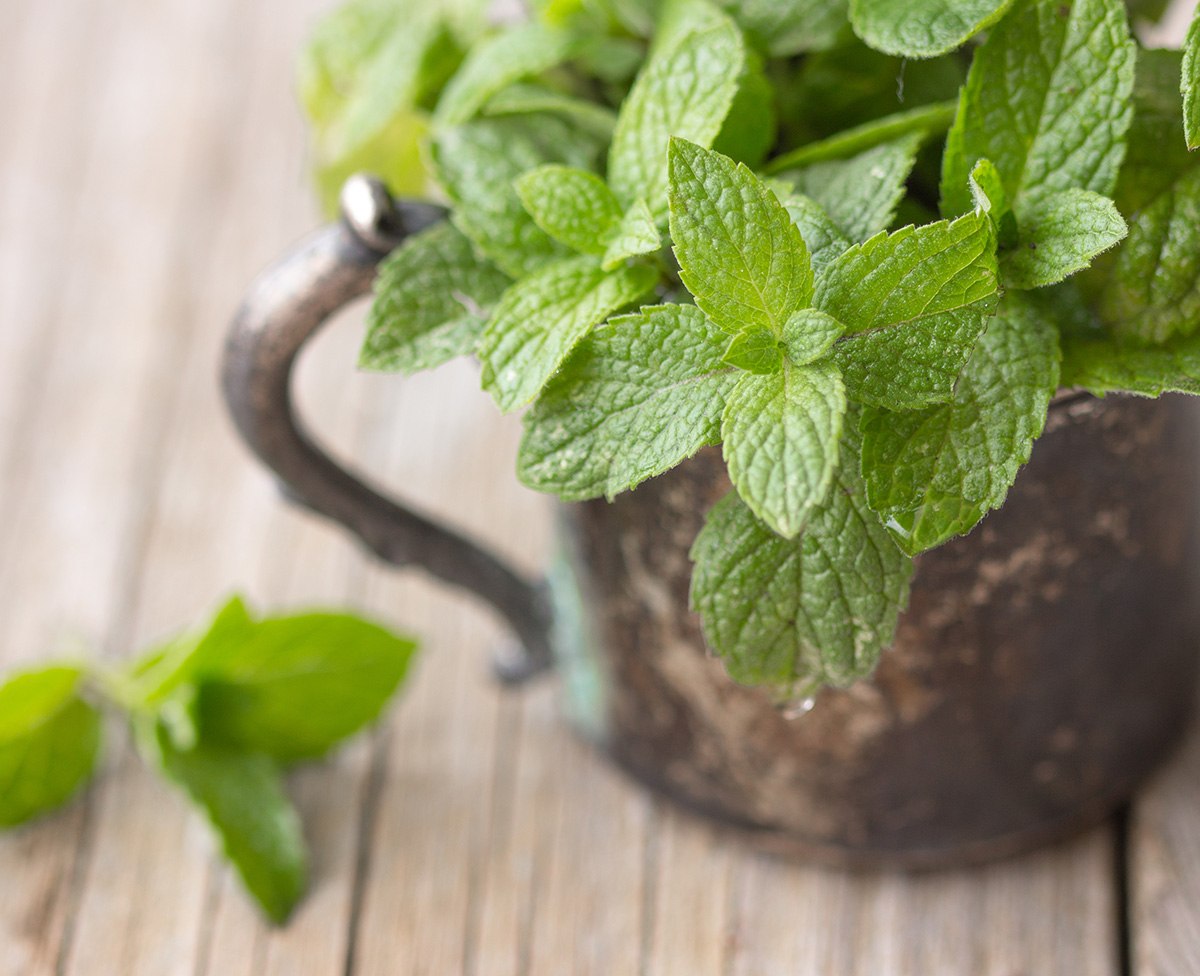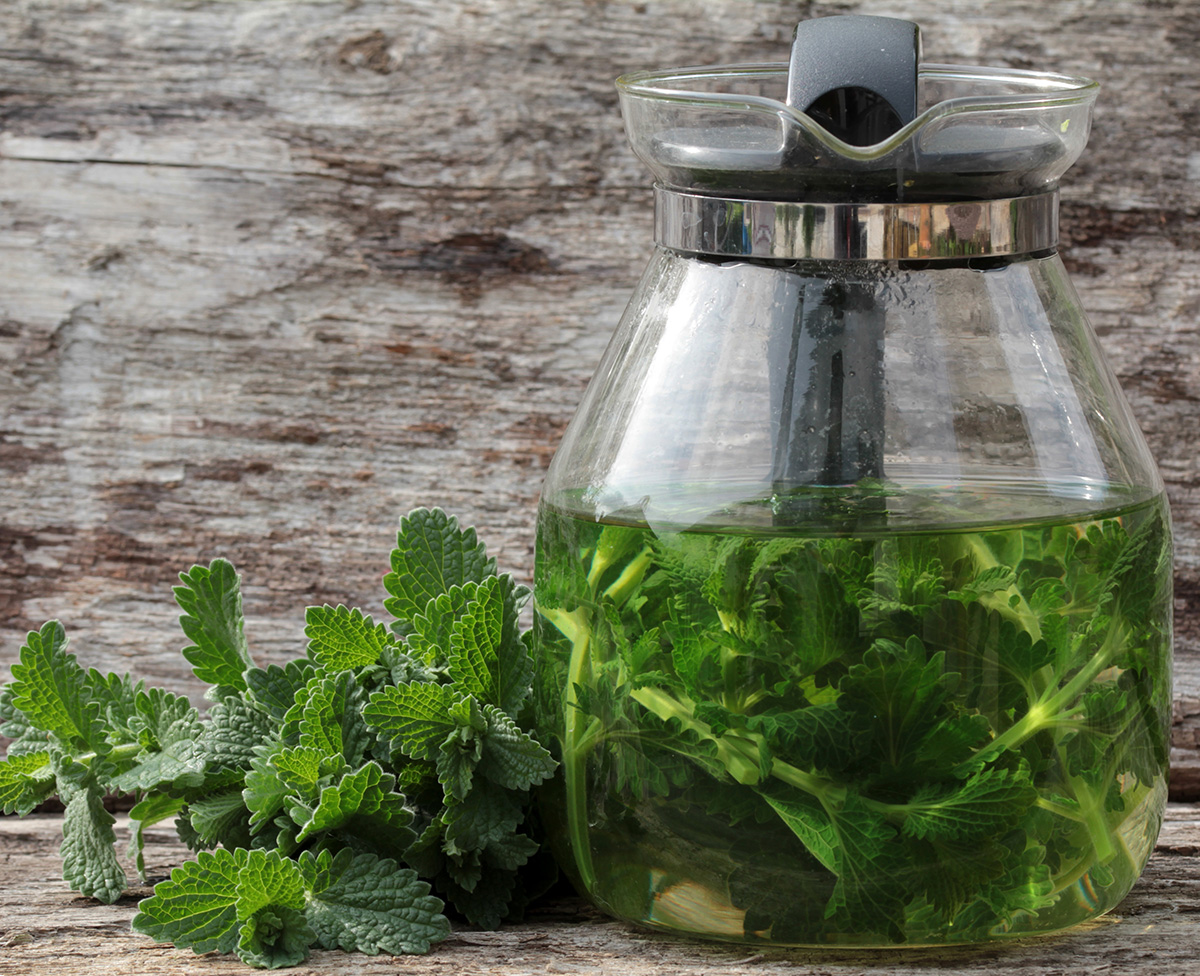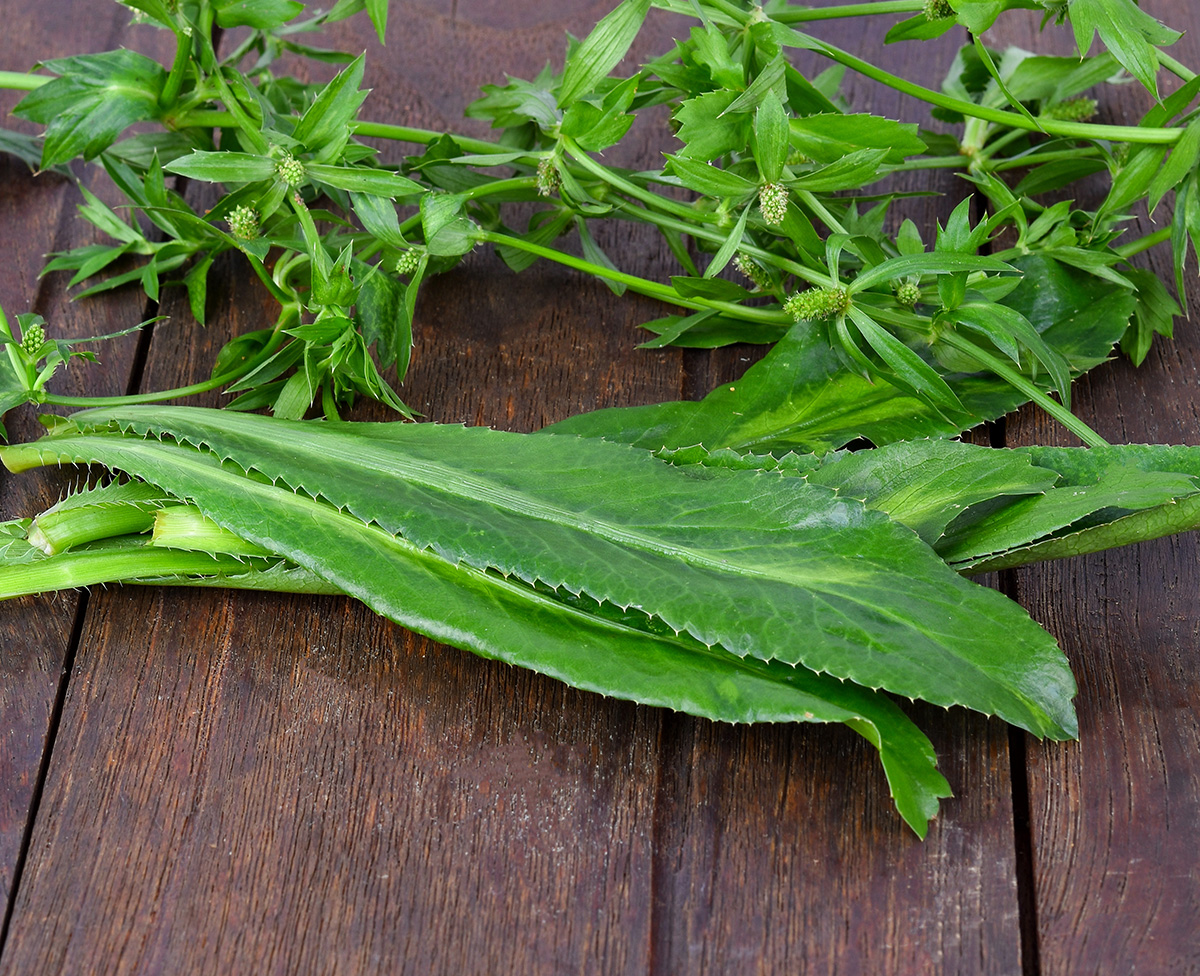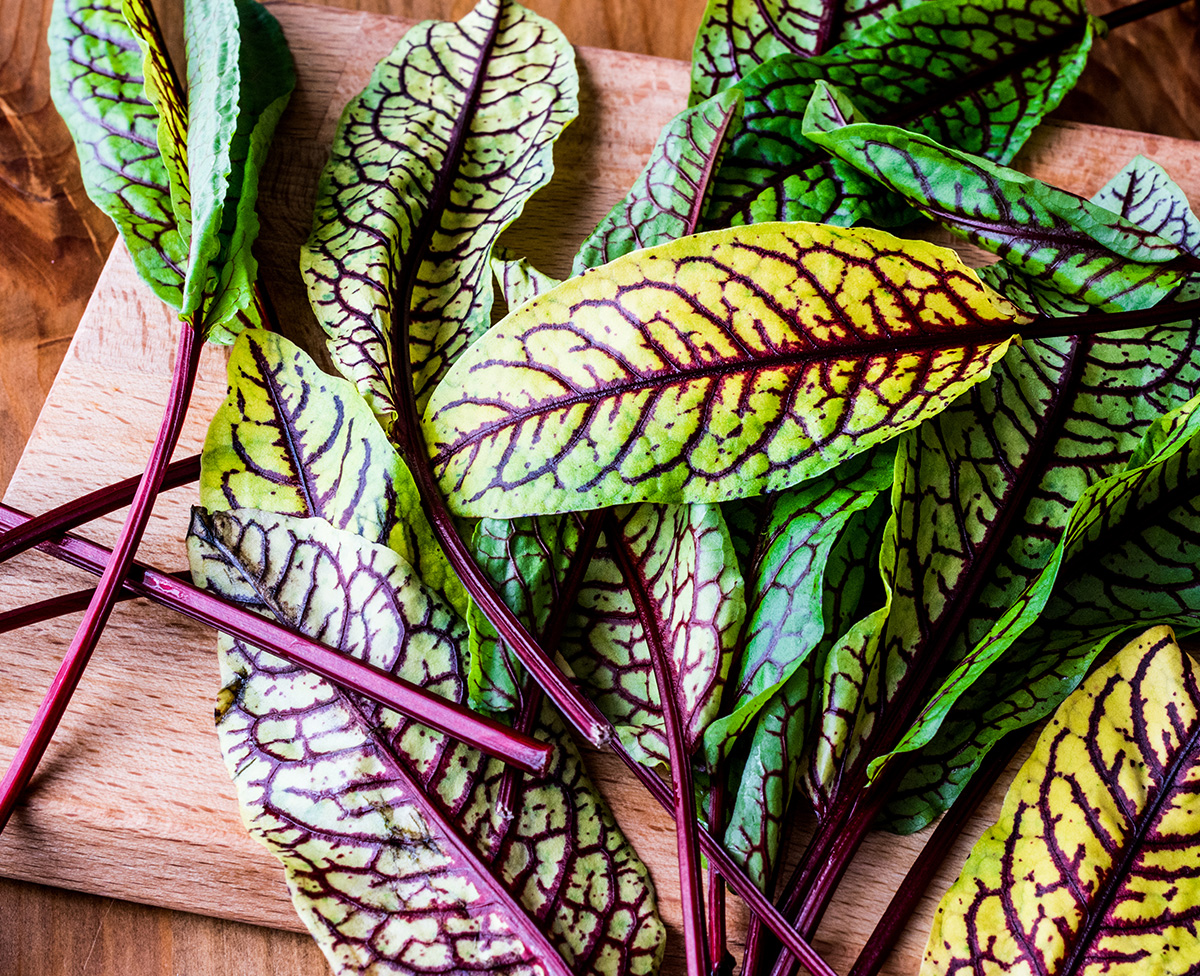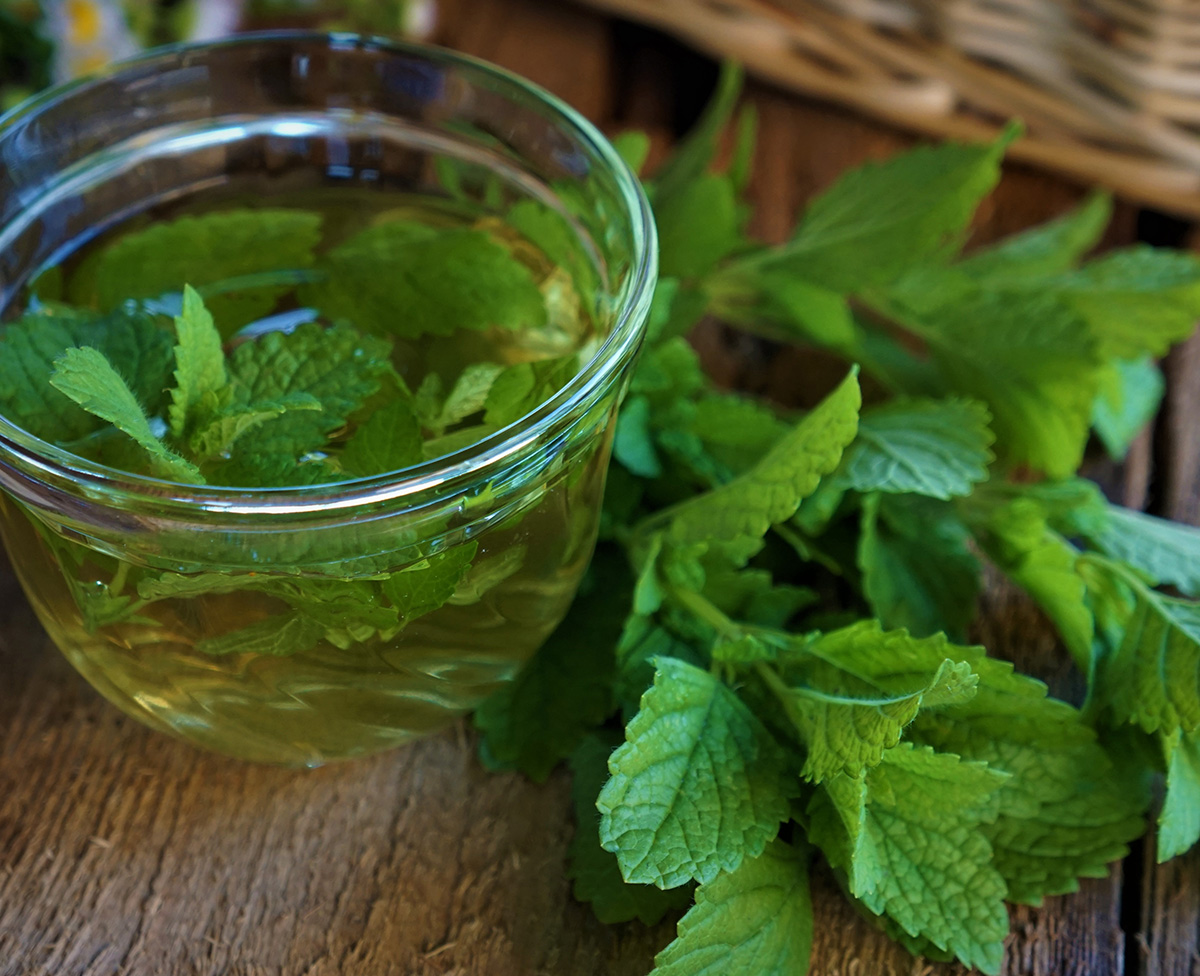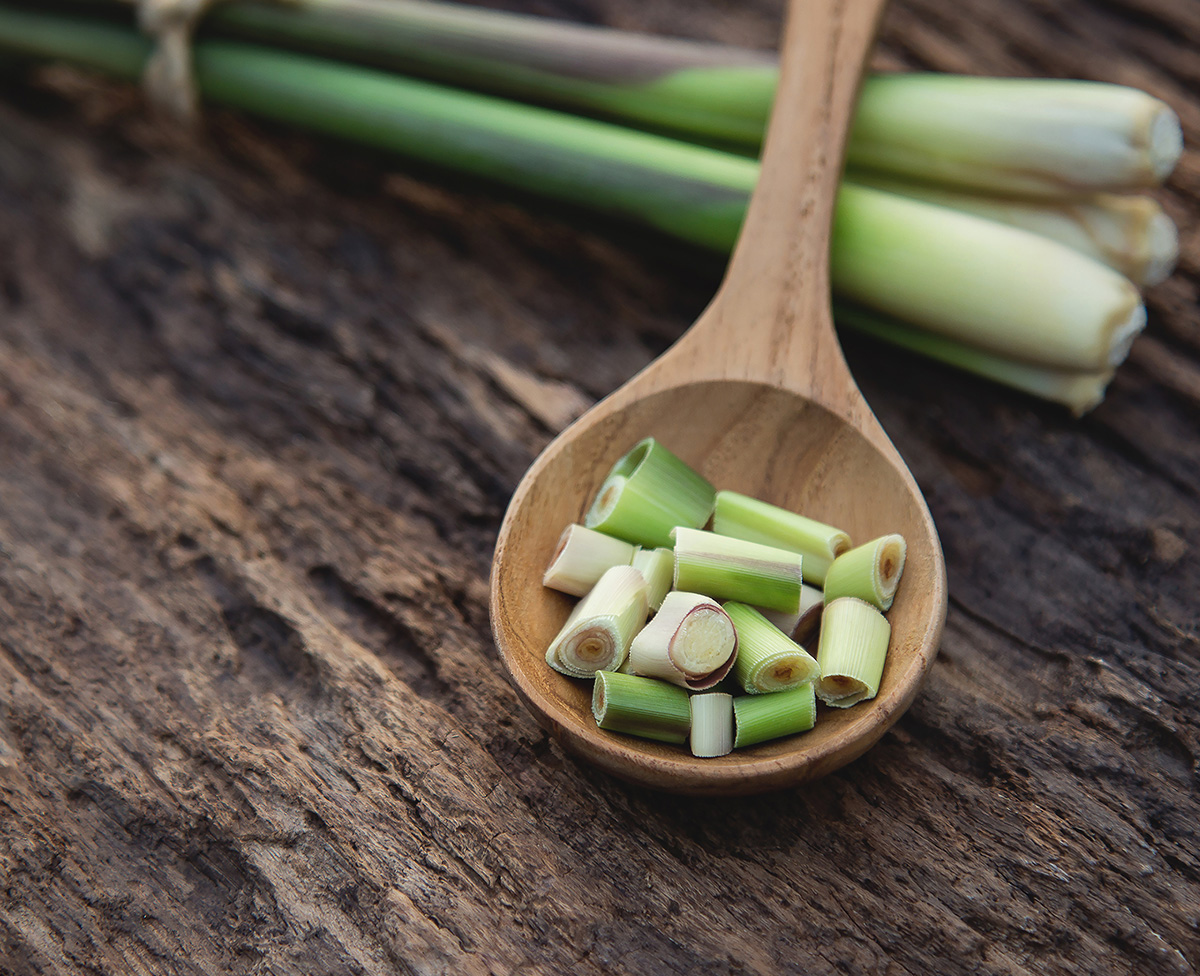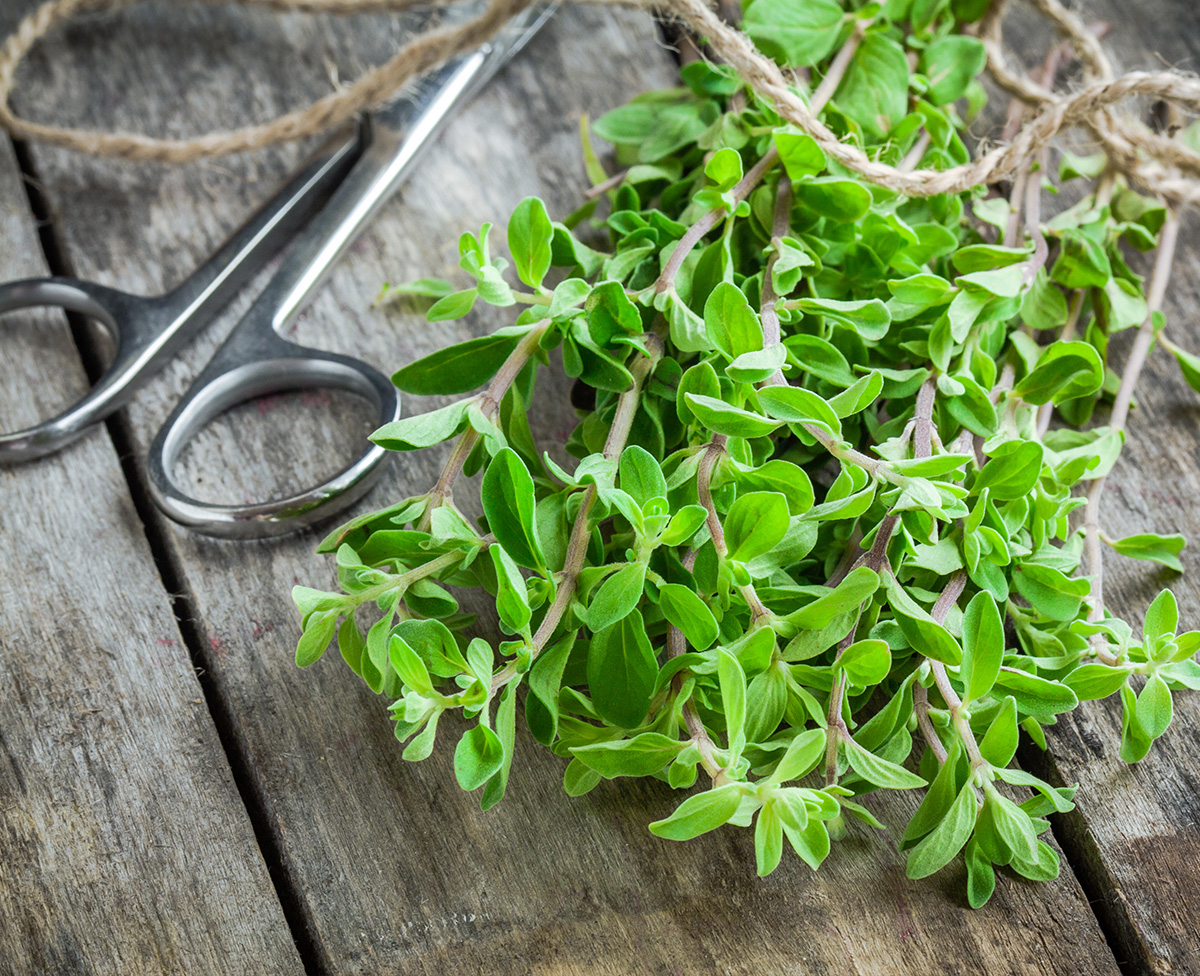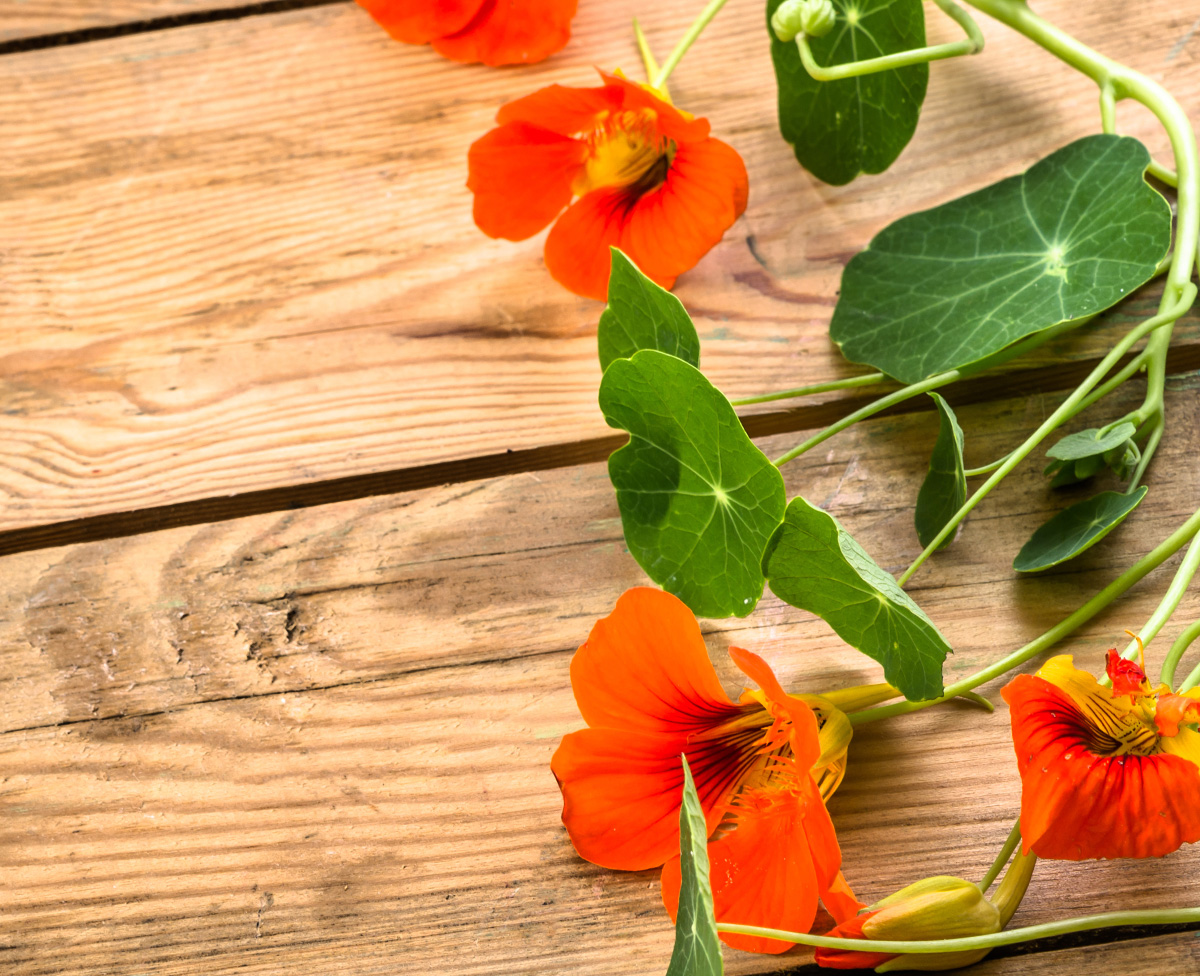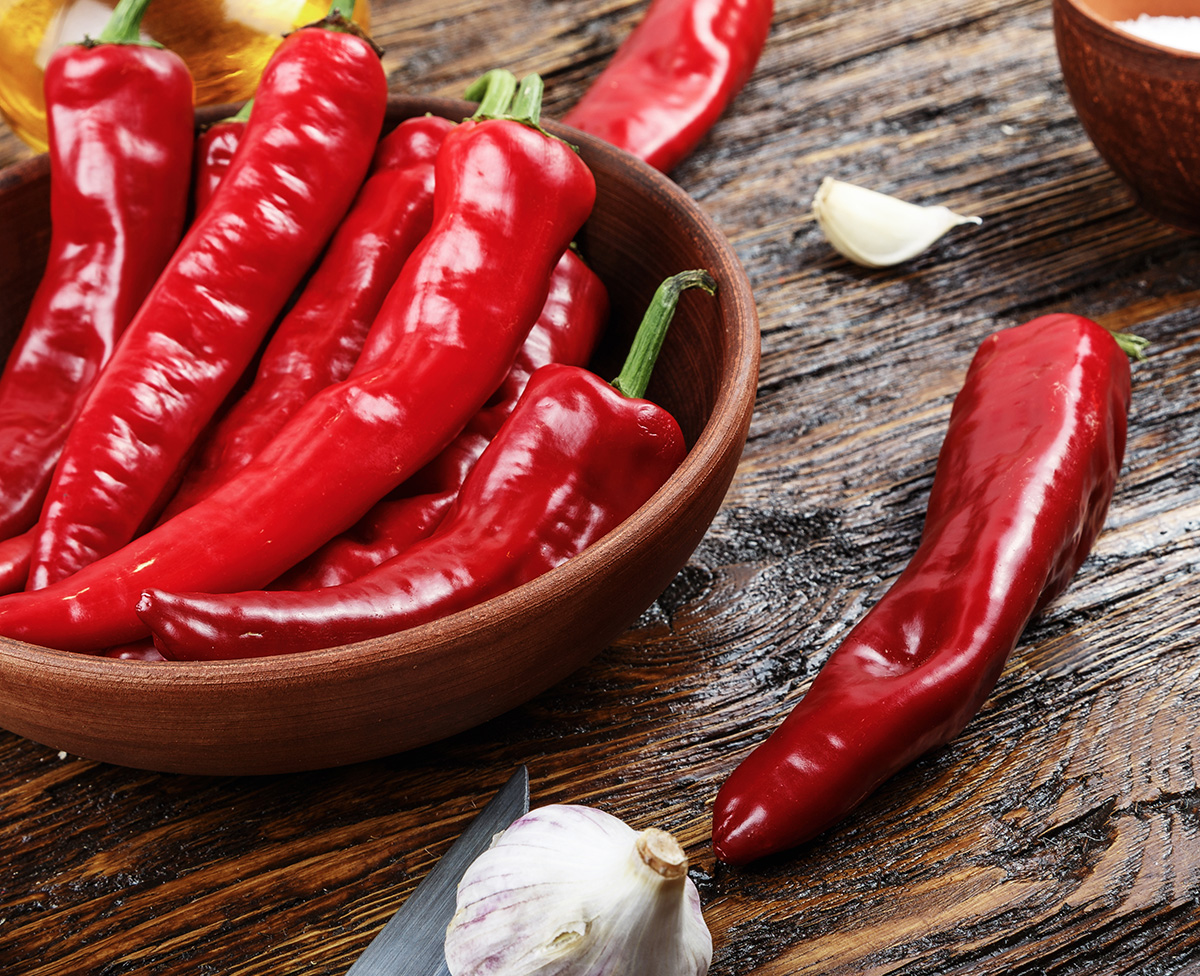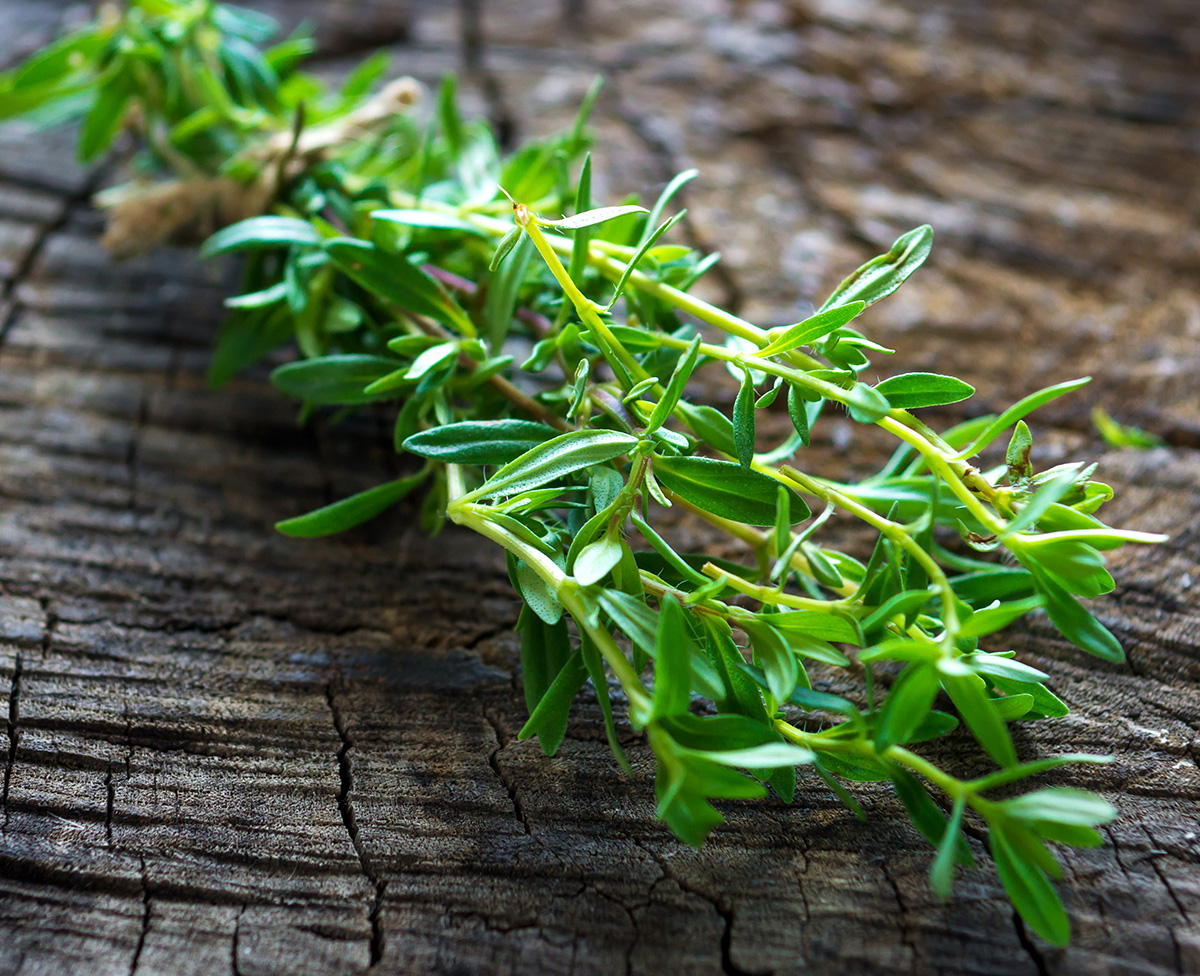VIEW ALL HERBS
Mint
(Mentha spp.) - Perennial
Mint is one of the most famous herbs and rightfully so since there are 20 species of mint – and more than 1000 hybrids! Mint has had hundreds of ancient uses that date back to the ancient Egyptians, Greeks, Romans and other areas throughout Asia and Europe. In ancient Egypt, the Pharisees asked for mint, along with anise and cumin, as tax payments. The Greeks rubbed it on their bodies after baths.
In the first century A.D., mint was said to stir up the mind and incite lust, as well as aid in digestion. It has also been said that hanging mint in sick rooms helps to “reanimate the spirit.” It is said that mint has been prescribed for nearly every ailment at some point in history.
All mints are perennials that grow to be 1 to 3 feet high and have a cool, refreshing flavor. Mints are one kind of herb that requires discipline! Some, like peppermint, can be aggressive growers and take effort on the part of the gardener to keep them in check. A mint species of some sort, however, is a must for every garden. It is well suited for baskets or bowls.
Mint must be pruned frequently or it will become stringy with lots of long extensions and few leaves. If you plant it in the ground, running a mower over it is one simple way to keep it in check. To keep your mint lively, use an all-purpose fertilizer or cottonseed meal. Be careful not to use too much, however, or your mint will lose its flavor. Mint is winter hardy so it must be maintained year round.
Including:
Spearmint
Peppermint
Pineapple
Orange
Lemon
Chocolate







